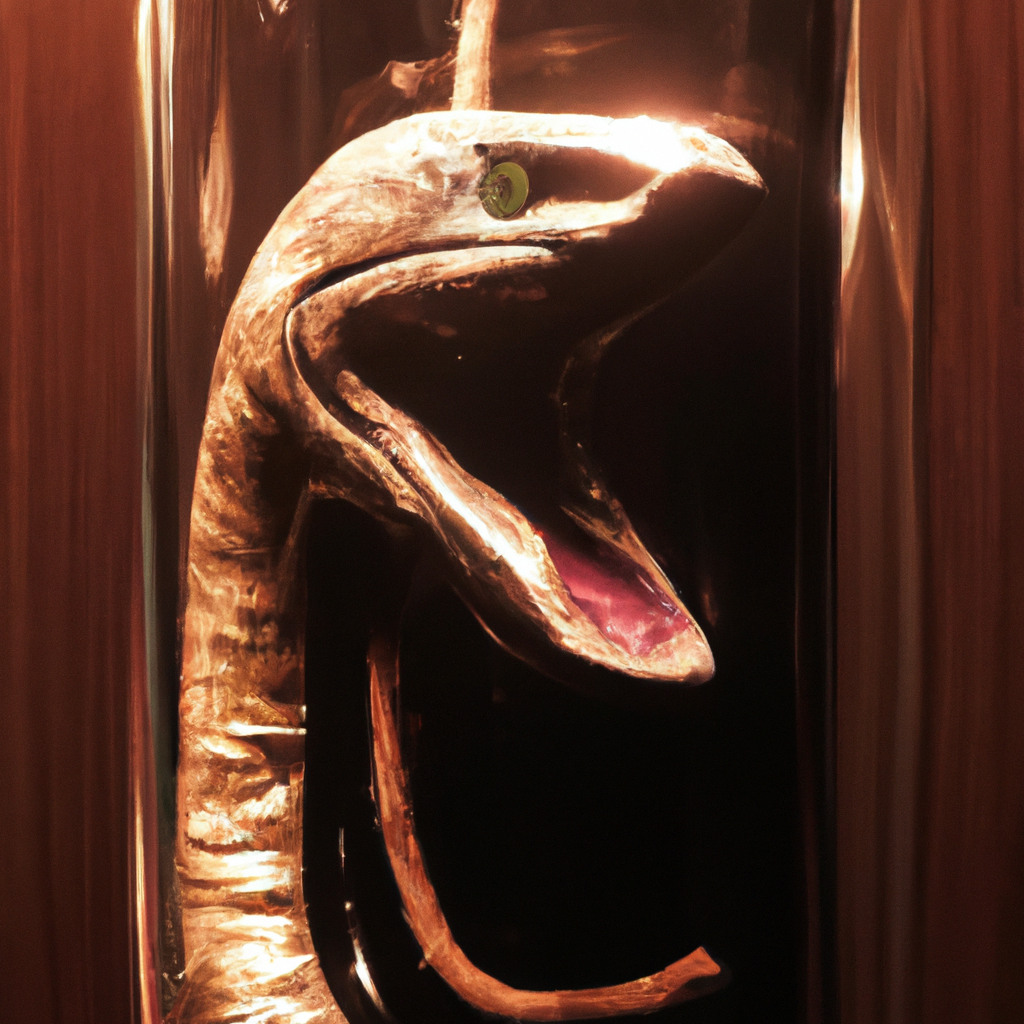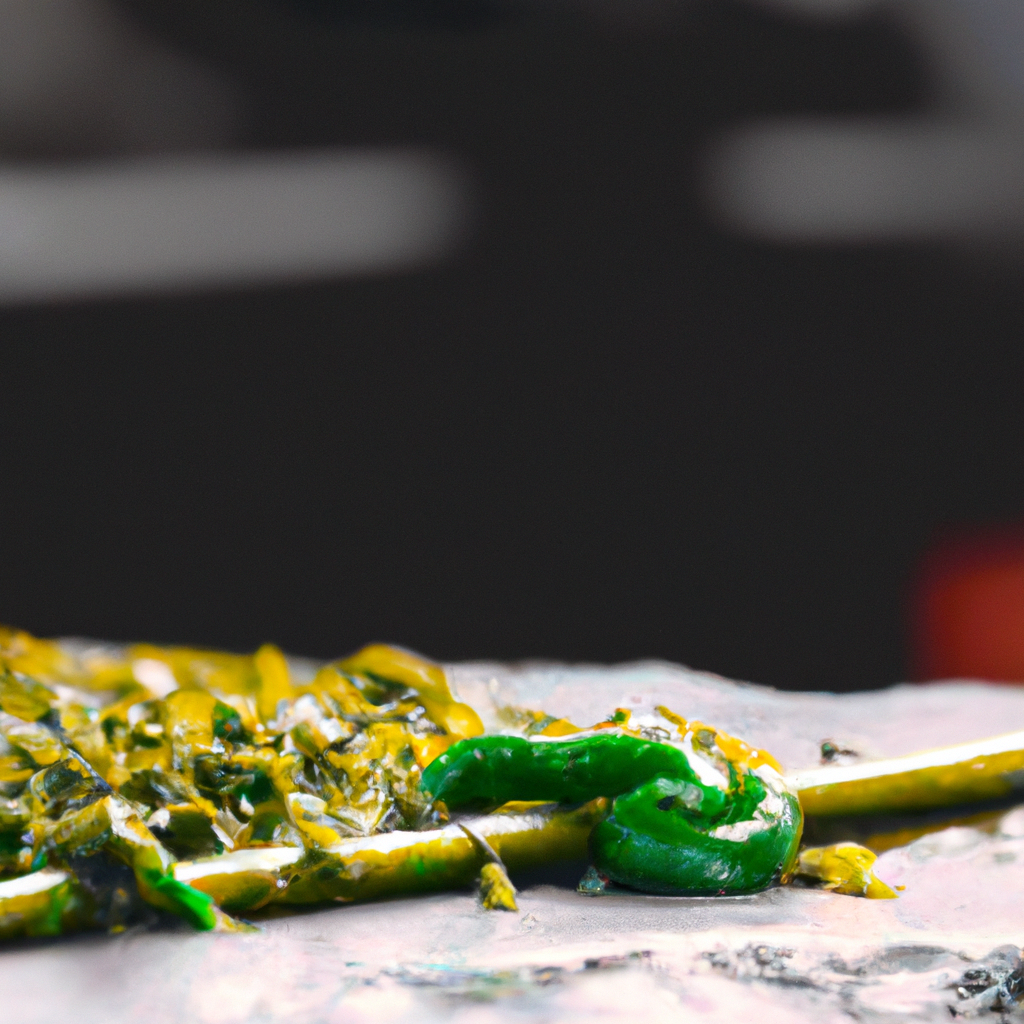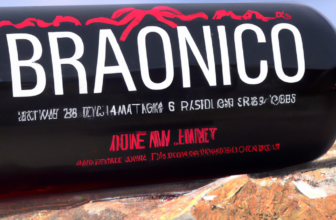
-
Article Summary
Unveiling the Truth about the Tequila Worm

[youtubomatic_search]
Key Takeaways
- The worm in the tequila bottle is a marketing gimmick and not a traditional Mexican practice.
- Real tequila does not contain a worm; it’s usually found in bottles of mezcal, a different Mexican spirit.
- The worm, or “gusano,” is actually a moth larva that infests the agave plant.
- Consuming the worm is safe, but it doesn’t have any hallucinogenic properties as some myths suggest.
- Quality tequila is made from 100% blue agave and is regulated by the Mexican government.
Introduction: Debunking the Worm Myth
Tequila, the iconic Mexican spirit, has been surrounded by numerous myths and misconceptions, one of the most enduring being the infamous “tequila worm.” Many believe that a true bottle of tequila comes with a worm at the bottom, and consuming it is a rite of passage. However, the truth about the tequila worm is far from this popular belief. This article aims to debunk the myths and unveil the truth about the tequila worm.
The Worm: A Marketing Gimmick
Contrary to popular belief, the worm in the tequila bottle is not a traditional Mexican practice but a marketing gimmick that originated in the 1940s. According to Ian Chadwick, a tequila historian, American-bottled brands started adding the worm to distinguish themselves and create a mystique around their product. The worm, or “gusano” in Spanish, is actually a moth larva that infests the agave plant, from which tequila is made. However, finding a worm in the agave plant is a sign of infestation and is not desirable.
Tequila vs. Mezcal
Another common misconception is that tequila and mezcal are the same. While both are Mexican spirits made from the agave plant, they are not the same. Tequila is made from a specific type of agave, the blue agave, and can only be produced in certain regions of Mexico. On the other hand, mezcal can be made from over 30 types of agave and is usually the spirit that contains the worm. The Mexican government regulates the production of tequila, and a bottle of real tequila will never contain a worm.
The Worm: Safe but Not Hallucinogenic
Despite some myths suggesting that the worm has hallucinogenic properties, consuming it is perfectly safe but won’t give you any psychedelic experiences. The worm is preserved in alcohol and is essentially tasteless. Some people might find the idea of eating a worm unappetizing, but it’s no different from consuming other edible insects, which is common in many cultures around the world.
Quality Tequila: 100% Blue Agave
Quality tequila is made from 100% blue agave, and the label will clearly state this. If the label reads “mixto,” it means that the tequila is made from a mix of agave and other sugars. While mixto tequilas are cheaper, they are also of lower quality and more likely to give you a hangover. So, if you’re looking for a quality tequila experience, opt for a bottle that is 100% blue agave, and don’t be fooled by the worm gimmick.
FAQ Section
- Does real tequila have a worm in it? No, real tequila does not have a worm in it. This is a myth and a marketing gimmick.
- What is the worm in the tequila bottle? The worm, or “gusano,” is a moth larva that infests the agave plant.
- Is it safe to eat the worm in the tequila bottle? Yes, it’s safe to eat the worm. It’s preserved in alcohol and is essentially tasteless.
- Does the worm in the tequila bottle have hallucinogenic properties? No, the worm does not have any hallucinogenic properties. This is a myth.
- What is quality tequila made from? Quality tequila is made from 100% blue agave.
Conclusion: The Worm Myth Debunked
The myth of the tequila worm is a fascinating example of how marketing gimmicks can create enduring misconceptions. The truth is that real tequila, regulated by the Mexican government and made from 100% blue agave, does not contain a worm. The worm is found in bottles of mezcal, a different Mexican spirit, and is safe to consume but does not have any hallucinogenic properties. So, next time you’re enjoying a tequila, remember that the presence of a worm is not a sign of authenticity or quality, but a marketing ploy.
[youtubomatic_search]
Revisiting Key Takeaways
- The worm in the tequila bottle is a marketing gimmick and not a traditional Mexican practice.
- Real tequila does not contain a worm; it’s usually found in bottles of mezcal, a different Mexican spirit.
- The worm, or “gusano,” is actually a moth larva that infests the agave plant.
- Consuming the worm is safe, but it doesn’t have any hallucinogenic properties as some myths suggest.
- Quality tequila is made from 100% blue agave and is regulated by the Mexican government.






